In a major shift making waves across tech news, Google has officially announced it’s merging ChromeOS with Android to form a unified operating system. This next-gen platform will power everything from smartphones and tablets to laptops and XR (Extended Reality) devices, aiming to create a seamless experience across screen sizes and hardware types.
While these two platforms have coexisted for over a decade, each serving different device categories—Android for mobile and ChromeOS for lightweight laptops—this strategic unification signals a bold new direction for Google. The move is not just about software engineering; it reflects a broader goal to compete with unified ecosystems like Apple’s iOS and macOS.
This pivot isn’t sudden. Signs have been building—Android 15 introduced desktop-style features, and ChromeOS has been integrating Android apps for years. But now, updates on Google Merging ChromeOS with Android confirm a full transition, combining the strengths of both platforms into one smarter, more capable operating system.
This evolution matters deeply for users, developers, and Google itself. Users can expect more consistent performance across devices, developers get a streamlined coding environment, and Google strengthens its competitive edge in an increasingly ecosystem-driven market.
In today’s fast-moving world of tech news, this isn’t just a software update—it’s a foundational shift in how we’ll experience Android and Chrome-powered devices going forward.
Google Officially Confirms Merger
In a recent wave of tech news, Google finally put months of speculation to rest by officially announcing the merger of ChromeOS and Android. Sameer Samat, President of Android Ecosystem, confirmed during a developer session that Google is “combining ChromeOS and Android into a single platform,” marking one of the company’s most significant platform evolutions in recent years.
This confirmation came amid growing demand from users, OEMs, and developers for a more unified and consistent experience across device categories. For years, tech analysts and insiders had predicted this move, pointing to overlapping feature sets, shared app ecosystems, and the gradual integration of Android elements into ChromeOS.
With both operating systems relying on the Linux kernel and Android Runtime, the groundwork had long been laid for a tighter convergence.
Recent updates on Google Merging ChromeOS with Android include Android gaining desktop-like capabilities—such as multi-window support, keyboard/mouse input optimization, and larger screen interfaces—all features that mirrored the Chromebook experience. Meanwhile, ChromeOS has been running Android apps via ARC (Android Runtime for Chrome), blurring the line between the two platforms.
Now that the merger is official, Google is positioned to deliver a more seamless ecosystem—one that can scale from phones to laptops to immersive XR devices—giving users a more unified experience and developers a simplified platform to build for. This confirmation has become a milestone moment in tech news, reinforcing Google’s long-term commitment to platform consolidation and innovation.
Key Drivers Behind Google Merging ChromeOS with Android
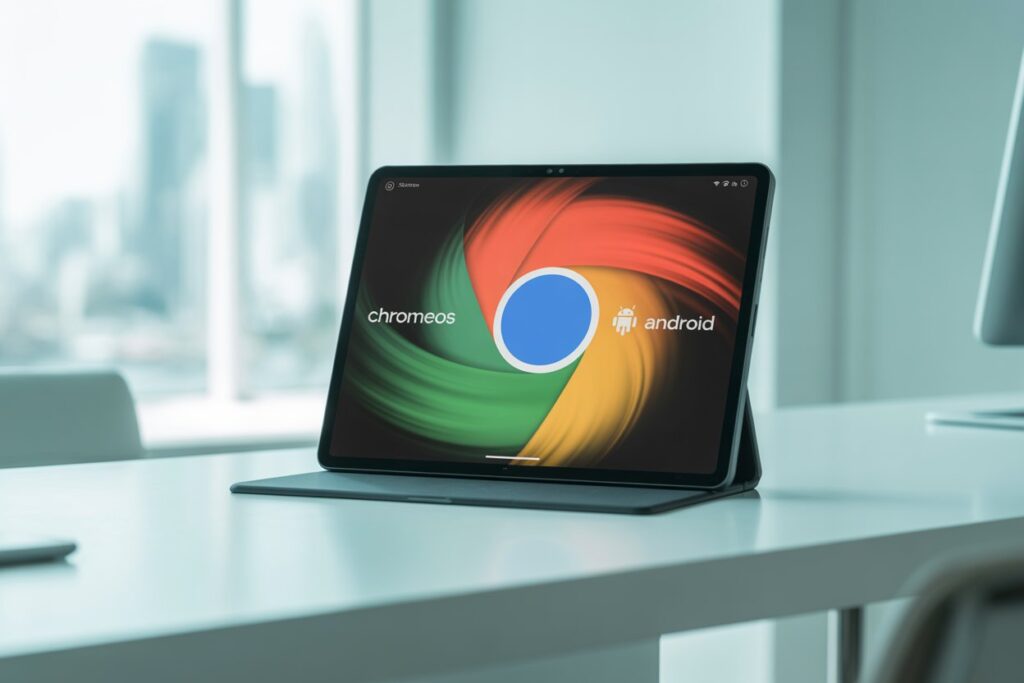
The decision behind Google Merging ChromeOS with Android isn’t just about unifying codebases—it’s a forward-thinking strategy rooted in performance, scale, competition, and innovation. Here’s a breakdown of the main reasons behind this transformative move, now making headlines across major tech news platforms:
Eliminate Duplication, Boost Focus
For years, Google maintained two separate operating systems—each requiring its own teams, tools, and updates. By consolidating development efforts under Android, Google eliminates redundant engineering work and simplifies its long-term roadmap.
Developers will no longer need to create or maintain two versions of the same app. Code maintenance becomes easier, security patches roll out faster, and both internal teams and external partners can focus on building better, more integrated experiences. This not only improves efficiency but also accelerates innovation—one of the main drivers behind the updates on Google Merging ChromeOS with Android.
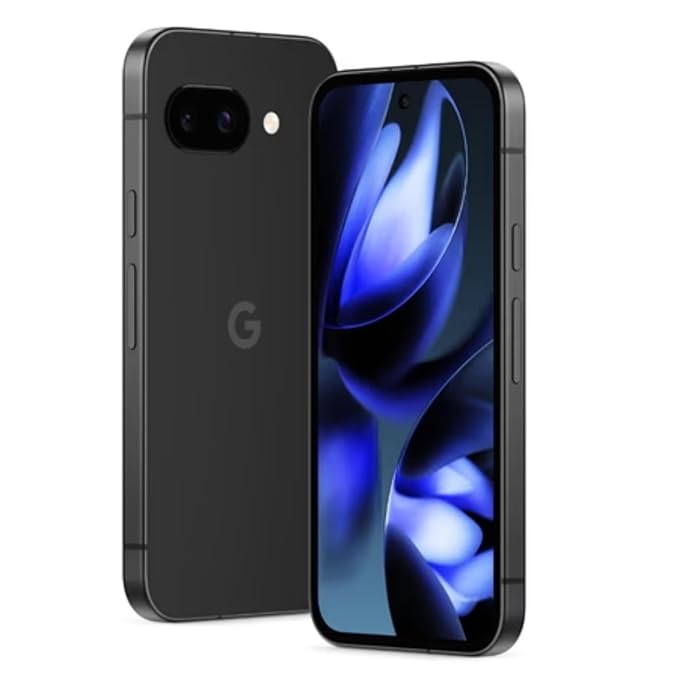
Google Pixel 9A (Obsidian, 256 GB) (8 GB RAM)
Scale and Ecosystem Consistency
Android already powers over 3 billion active devices globally, while ChromeOS has seen strong adoption in education and budget computing, particularly in North America. By merging the two, Google can leverage the massive scale of Android’s ecosystem while bringing in ChromeOS’s strengths in cloud-first computing.
This merger reduces platform fragmentation, offering users a familiar experience across devices—whether they’re switching from a phone to a Chromebook or to a tablet. It also simplifies things for developers, who can now target one operating system without worrying about inconsistencies in user interfaces or app compatibility.
Compete with Apple and Microsoft
A unified platform puts Google in a stronger position to take on Apple’s tightly integrated ecosystem of iPhones, iPads, and Macs, as well as Microsoft’s growing Surface lineup. Apple’s seamless ecosystem is one of its biggest selling points—and now, Google Merging ChromeOS with Android aims to offer a similar level of continuity and user experience.
Whether it’s productivity, content creation, or entertainment, this merger allows Google to create a cohesive platform that spans smartphones, tablets, laptops, and even XR devices—something no other ecosystem currently offers at scale.
3.4 Leverage AI & Feature Parity
AI is at the center of Google’s product strategy, and this merger helps bring Gemini AI tools natively across all device types. ChromeOS devices will now benefit from Android’s rapid integration of AI-driven features like real-time translation, intelligent assistant suggestions, and contextual screen summaries.
Conversely, Android will adopt features that were previously ChromeOS exclusives—such as full desktop modes, improved multi-window multitasking, and extended monitor support. These updates from Google Merging ChromeOS with Android show how the best of both systems is being brought together to create a smarter, more versatile operating system.
Together, these key drivers reveal that this isn’t just a cosmetic merge—it’s a strategic realignment that makes sense on every level. As the tech news cycle continues to highlight, Google’s long-term vision is finally taking shape, and it’s designed to serve both the user and developer communities more effectively.
What Users Will Gain
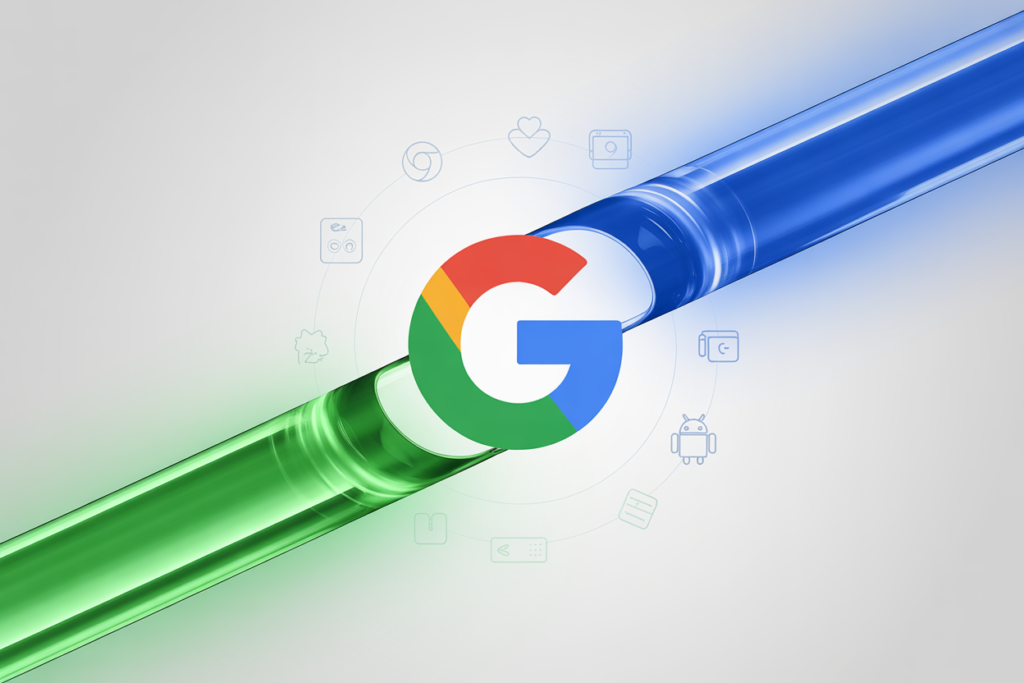
One of the most exciting aspects of Google Merging ChromeOS with Android—as highlighted across trending tech news sources—is what it means for everyday users. Whether you’re a student using a Chromebook, a professional relying on an Android tablet, or someone jumping between devices all day, this unified OS promises a smoother, smarter, and more productive experience.
Enhanced Productivity Features
One of the most immediate wins for users is the improved productivity experience. With the merger, Android devices will gain access to the full desktop-class Chrome browser—offering better performance, web app compatibility, and extension support. This brings mobile devices much closer to laptop-like capabilities.
Peripheral support is also being enhanced. Users will be able to connect keyboards, mice, and external monitors to Android devices with better responsiveness and fewer limitations. The result? Improved multitasking, windowed applications, and true desktop-like workflows—all thanks to the latest updates from Google Merging ChromeOS with Android.
Seamless Cross-Device Experience
A unified operating system enables a consistent user experience across multiple device types. Notifications, clipboard contents, app sessions, and even files will sync effortlessly across your phone, tablet, laptop, and future XR devices.
For example, users will be able to copy text on an Android phone and instantly paste it on a Chrome-powered laptop. Messages and app alerts will appear in real time across all your screens. These changes make daily workflows more fluid and intuitive—something tech news platforms are calling a major usability upgrade.
4.3 Stronger App Ecosystem
Developers stand to benefit from this merger too, and their gains will directly improve the user experience. Instead of designing apps for two separate platforms with different screen sizes and input methods, they can now build once and deploy everywhere.
This means users will see more optimized apps that take full advantage of large screens, stylus support, and keyboard shortcuts—without the bugs or inconsistencies seen in past Android tablet experiences. The Google Merging ChromeOS with Android initiative is likely to drive a boom in high-quality, responsive apps tailored for multitasking and productivity.
AI-Powered Workflow
Google’s Gemini AI will be deeply integrated across the unified OS, bringing powerful features like screen summarization, contextual suggestions, and intelligent task automation to every device.
Whether you’re using voice commands to generate emails or getting smart replies in messaging apps, these AI tools will make your interactions faster and more efficient. Even everyday tasks—like managing files, finding documents, or writing summaries—will benefit from AI running seamlessly in the background, a key part of the updates from Google Merging ChromeOS with Android.
This transition isn’t just a backend shift. It’s a real upgrade for users—improving how we work, connect, and stay productive across devices. With these enhancements, Google is creating a smarter and more connected ecosystem that meets the modern demands of mobile and hybrid computing.
Developer & OEM Benefits
Beyond the obvious advantages for users, Google Merging ChromeOS with Android brings significant benefits for developers and hardware manufacturers. This unified approach simplifies development workflows, drives innovation, and reduces complexity across the board—key reasons this move is gaining attention in current tech news discussions.
One Platform, Less Complexity
For developers, one of the biggest pain points has always been optimizing apps for two different platforms—ChromeOS and Android—each with unique requirements, design patterns, and capabilities. With the merger, those days are fading.
Now, developers can build with a single codebase and unified UI logic, targeting phones, tablets, and laptops at once. This streamlines development, reduces testing overhead, and speeds up deployment. These improvements, highlighted in updates on Google Merging ChromeOS with Android, free up time for developers to focus on features and performance rather than compatibility issues.
Encouraging Innovation
A consistent OS across form factors opens the door for entirely new app experiences—especially for larger screens and hybrid devices. Developers can confidently design responsive apps that work well on tablets, Chromebooks, and even future foldables or desktop-class Android devices.
Expect to see a rise in creativity apps, enhanced gaming experiences, and productivity tools designed for keyboard, mouse, and stylus input. This momentum is already being felt in the developer community, with growing interest in adaptive layouts and cross-device functionality as a direct result of Google Merging ChromeOS with Android.
OEM Advantage
Original Equipment Manufacturers (OEMs) also stand to benefit in a big way. Instead of maintaining separate hardware configurations and update pipelines for two platforms, manufacturers can now focus on a unified ecosystem. This leads to faster software updates, lower development costs, and more consistent user experiences across product lines.
Unified hardware support also enables OEMs to innovate faster—launching new devices without waiting for separate OS optimizations. With consistent tools, drivers, and firmware requirements, the time from prototype to product shortens considerably—making it easier to respond to market trends and consumer demand.
Ultimately, the tech news surrounding this merger isn’t just hype. It signals a more efficient, scalable future for Google’s platform strategy—benefiting developers, hardware partners, and users alike. The updates on Google Merging ChromeOS with Android show that this shift is not only logical but long overdue, setting the stage for a new generation of unified, intelligent, and versatile devices.
Technical Foundations
The decision behind Google Merging ChromeOS with Android isn’t a sudden leap—it’s the result of years of backend development and strategic alignment. As many in the tech news space have pointed out, the technical groundwork for this merger has been steadily laid, making this transition feel both natural and inevitable.
ChromeOS Already Leveraged Android and Linux
From the beginning, ChromeOS has shared roots with Android. Both operating systems are based on the Linux kernel, and over time, ChromeOS began integrating more Android components. A key example is the introduction of ARC (Android Runtime for Chrome), which allowed Android apps to run natively on Chromebooks. This blurring of boundaries showed early signs that Google was preparing for a unified future.
Additionally, features like Google Play Store access on ChromeOS and support for Android APIs have made the two platforms increasingly interoperable. These steps allowed users and developers to experience a level of consistency across devices—setting the stage for the official updates on Google Merging ChromeOS with Android.
Android 16 Brings Desktop-Class Capabilities
With Android 16, the operating system itself has evolved to support more advanced use cases. Native support for larger screens, multi-window operations, improved taskbar behavior, and compatibility with external monitors have all brought Android closer to functioning like a full desktop OS.
These features, long associated with ChromeOS, are now becoming standard in Android. This convergence means developers can design once and trust that their apps will scale intelligently from phones to desktops—another crucial milestone in the ongoing Google Merging ChromeOS with Android story.
Shared System Components & Runtime Enhancements
Behind the scenes, Google has unified key system components to enable better integration. The Bluetooth stack, for instance, is now shared across both platforms, which helps reduce fragmentation and ensures more consistent behavior across devices.
The enhanced Android Runtime (ART) environment being developed is optimized for performance on larger screen devices, providing faster app launches and smoother multitasking. These improvements make Android more viable as a laptop-class OS and help align with the high-performance standards ChromeOS has traditionally offered.
All these technical enhancements prove that this merger wasn’t rushed—it’s the result of long-term engineering aimed at creating a truly scalable, intelligent, and modern operating system. As reported across multiple tech news sources, the updates on Google Merging ChromeOS with Android represent not just a policy shift, but the culmination of a thoughtful and well-executed technical journey.
The decision behind Google Merging ChromeOS with Android isn’t a sudden leap—it’s the result of years of backend development and strategic alignment. As many in the tech news space have pointed out, the technical groundwork for this merger has been steadily laid, making this transition feel both natural and inevitable.
ChromeOS Already Leveraged Android and Linux
From the beginning, ChromeOS has shared roots with Android. Both operating systems are based on the Linux kernel, and over time, ChromeOS began integrating more Android components. A key example is the introduction of ARC (Android Runtime for Chrome), which allowed Android apps to run natively on Chromebooks. This blurring of boundaries showed early signs that Google was preparing for a unified future.
Additionally, features like Google Play Store access on ChromeOS and support for Android APIs have made the two platforms increasingly interoperable. These steps allowed users and developers to experience a level of consistency across devices—setting the stage for the official updates on Google Merging ChromeOS with Android.
Android 16 Brings Desktop-Class Capabilities
With Android 16, the operating system itself has evolved to support more advanced use cases. Native support for larger screens, multi-window operations, improved taskbar behavior, and compatibility with external monitors have all brought Android closer to functioning like a full desktop OS.
These features, long associated with ChromeOS, are now becoming standard in Android. This convergence means developers can design once and trust that their apps will scale intelligently from phones to desktops—another crucial milestone in the ongoing Google Merging ChromeOS with Android story.
Shared System Components & Runtime Enhancements
Behind the scenes, Google has unified key system components to enable better integration. The Bluetooth stack, for instance, is now shared across both platforms, which helps reduce fragmentation and ensures more consistent behavior across devices.
The enhanced Android Runtime (ART) environment being developed is optimized for performance on larger screen devices, providing faster app launches and smoother multitasking. These improvements make Android more viable as a laptop-class OS and help align with the high-performance standards ChromeOS has traditionally offered.
All these technical enhancements prove that this merger wasn’t rushed—it’s the result of long-term engineering aimed at creating a truly scalable, intelligent, and modern operating system. As reported across multiple tech news sources, the updates on Google Merging ChromeOS with Android represent not just a policy shift, but the culmination of a thoughtful and well-executed technical journey.
Timeline & Future Outlook
As reported widely across tech news, the process of Google Merging ChromeOS with Android is already underway, though its full impact will unfold over the coming months and years. The company is taking a phased and calculated approach to ensure both users and developers experience a smooth transition.
Initial Steps Already in Motion
The earliest signs of this merger are clearly visible in Android 16 and recent ChromeOS updates. Android 16 introduces critical features like multi-window support, native external monitor compatibility, and taskbar enhancements—capabilities that were once exclusive to ChromeOS. Meanwhile, ChromeOS has been increasingly integrating Android services and runtime environments over the past few versions.
These incremental updates from Google Merging ChromeOS with Android are laying the foundation for deeper integration, allowing both systems to share more code, frameworks, and performance enhancements without disrupting the user experience.
Full Launch May Coincide with Flagship Hardware
Industry experts suggest that Google could debut the fully unified platform alongside a flagship device—most likely a next-generation Pixel Laptop or an XR (Extended Reality) device. Such a launch would demonstrate the full capabilities of the new OS in action, showcasing seamless productivity, AI features, and cross-device compatibility in one polished package.
This hardware-first reveal would follow the same strategy Google has used in the past—such as unveiling new Android capabilities on Pixel phones—offering a controlled environment to highlight the potential of this merged platform.
Room for Fuchsia and Future Experiments
Even as Google Merging ChromeOS with Android takes center stage, the long-term future may still include experimental platforms like Fuchsia. While not the focus of this transition, Fuchsia remains active in Google’s ecosystem development, potentially serving niche or future-forward use cases in smart devices or ambient computing.
What’s clear, however, is that Android will remain the core of Google’s user-facing OS strategy—now strengthened by its merger with ChromeOS and poised to power everything from phones to laptops and beyond.
As this transition continues, users can expect more tech news updates detailing upcoming device support, beta testing phases, and developer tools. The vision is clear: one platform, optimized across form factors, powered by AI, and built for the future. The road ahead may be gradual, but it’s undeniably transformative.
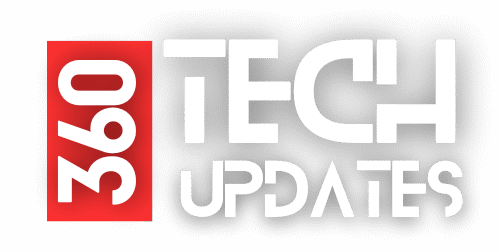
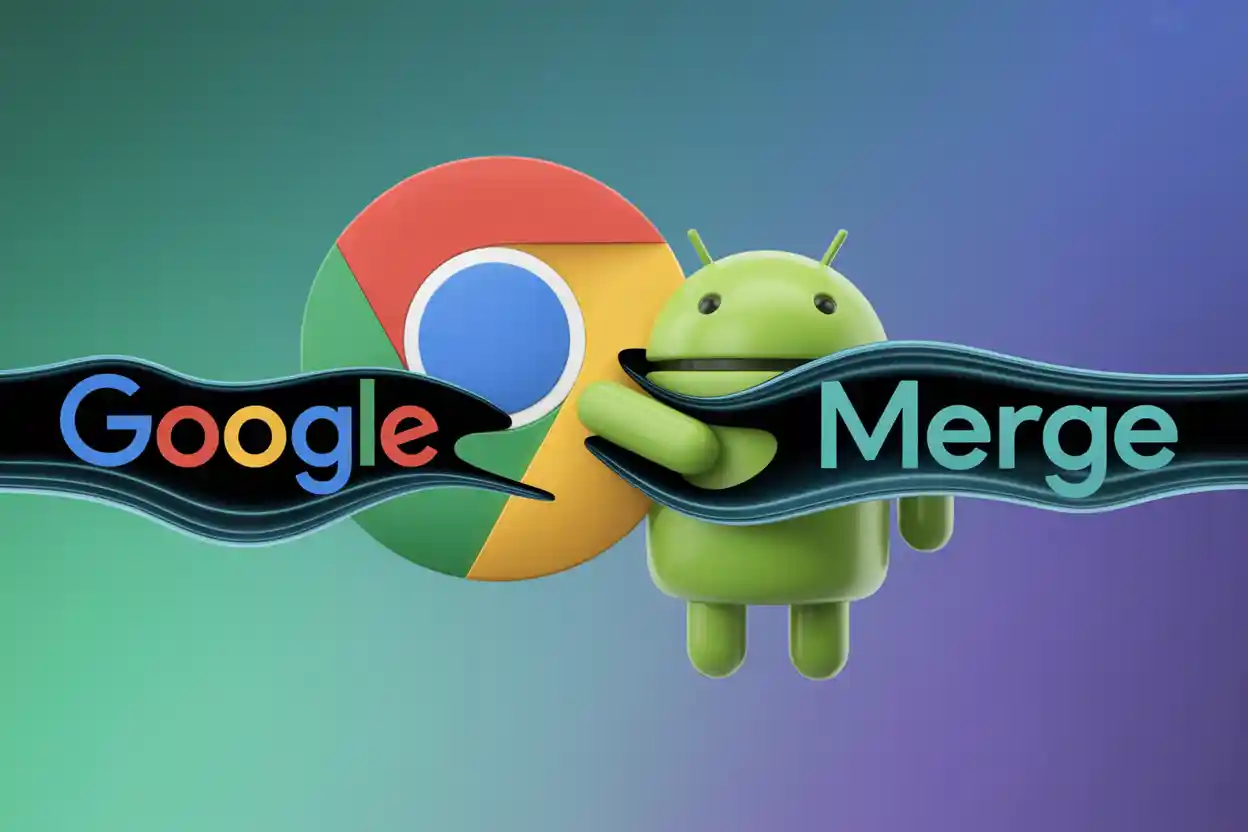
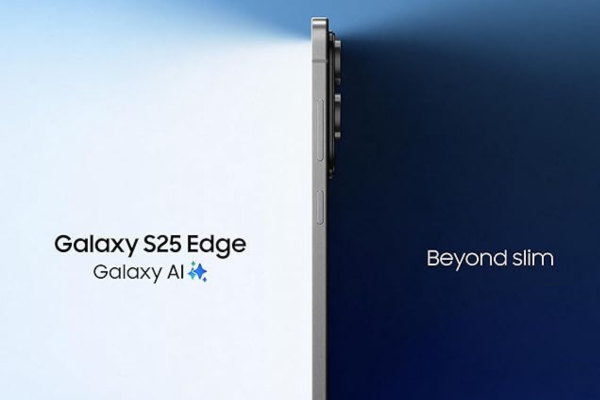
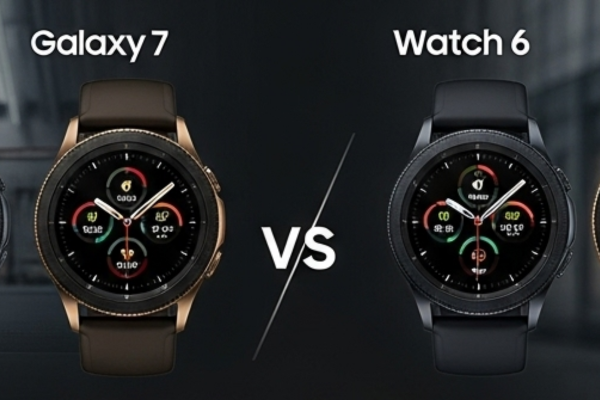

2 thoughts on “Why Google Merging ChromeOS with Android Is a Smart Move”